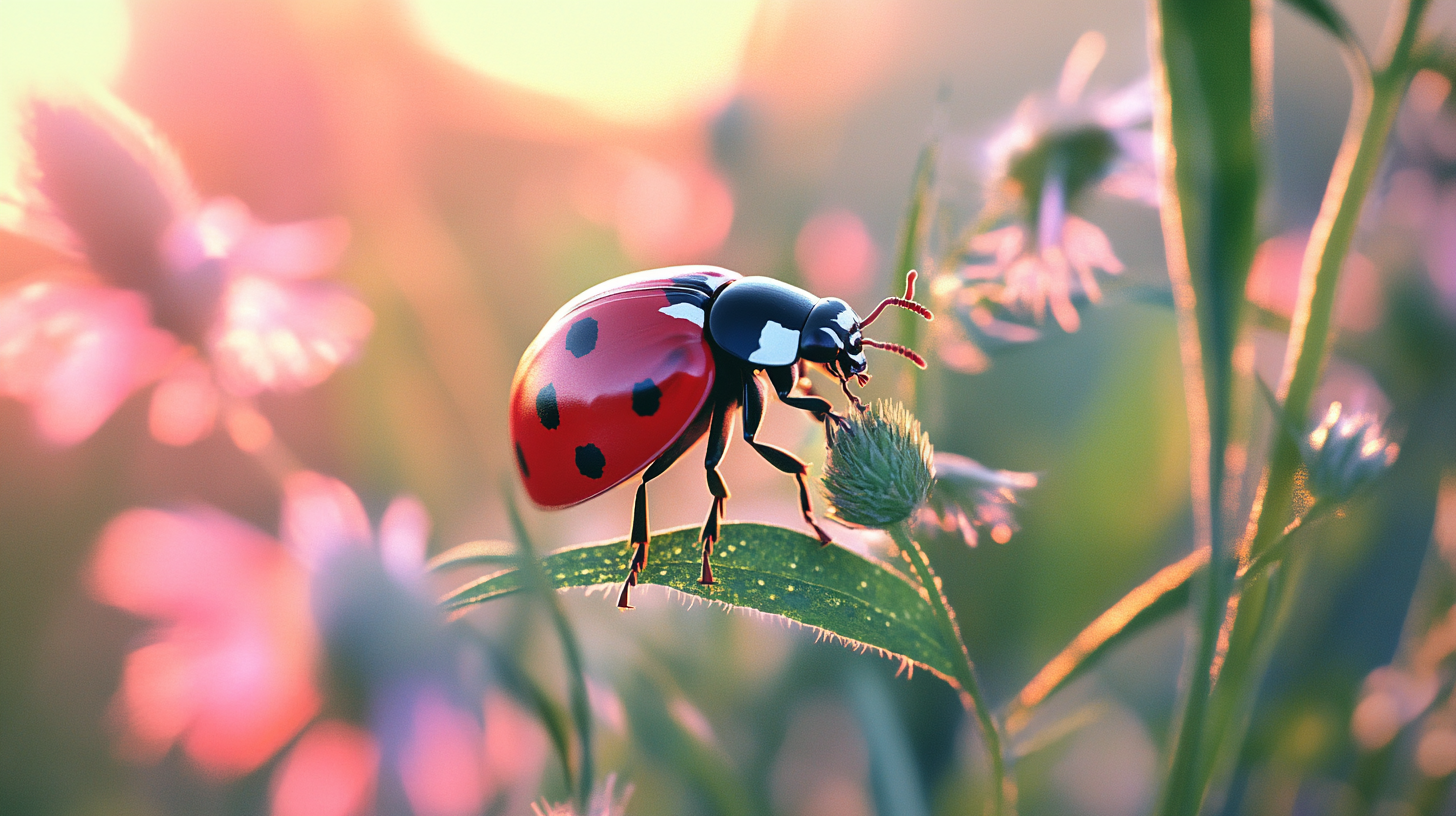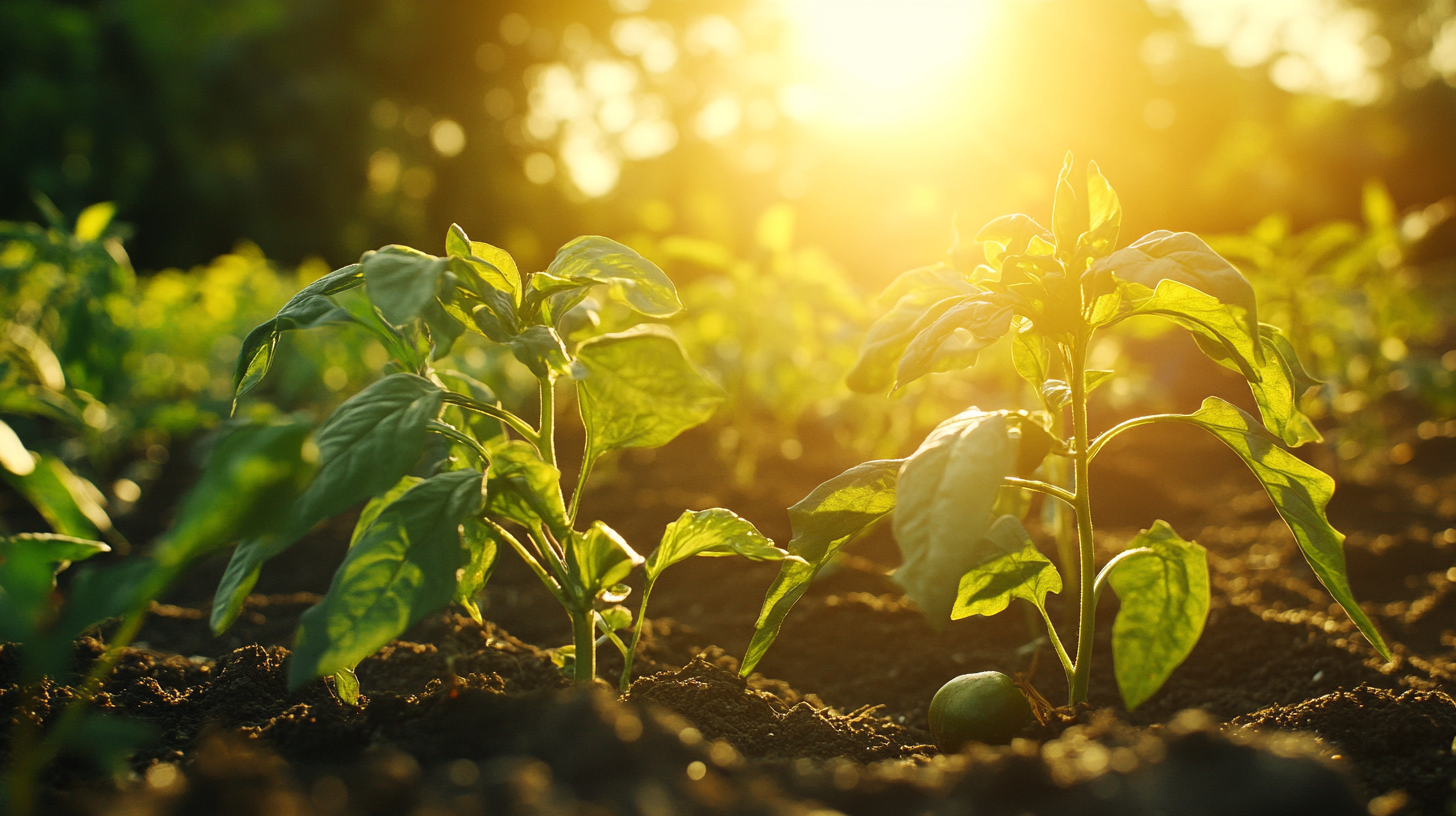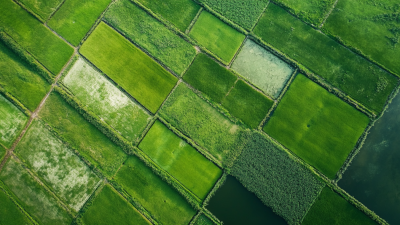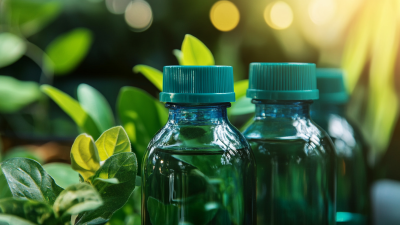 0551-68500918
0551-68500918 





You know, the farming world is really stepping up its game with new scientific tech to tackle those pesky pests that just won’t quit. I mean, who knew that insecticides would be such a big player in helping farmers get the best possible crop yields? It’s wild to think that around 40%—yeah, you heard that right—of global crops go to waste because of these little guys. That’s where smart pest management solutions come into play. And let me tell you, Innovation Meiland (Hefei) Co., LTD. is really leading the charge in creating new pesticide products and formulas that aim to boost agricultural productivity. Our home base is in Hefei, China, and we’re super committed to pushing the envelope in research and development. We want to make sure that farmers have the latest tech at their fingertips to protect their crops. By harnessing the power of Effective Insecticides, we're really hoping to pave the way for sustainable farming that not only maximizes output but also cuts down on waste. It’s all about striking that balance, right?

You know, when it comes to farming these days, insecticides are playing a more important role than ever in helping farmers get the best yields from their crops. A lot of agricultural experts are saying that using these chemicals doesn’t just keep the pests away; it actually supports the whole farming ecosystem, which is pretty crucial. The Food and Agriculture Organization (FAO) even pointed out that if we don't manage pests effectively, we could lose up to 40% of our crops. Can you believe that? It really highlights why we need to make insecticides a part of a solid crop management plan.
Now, take China, for instance—it's the top producer of agricultural products worldwide. They’re really stepping up their game with advanced technology to tackle pest control. The Ministry of Agriculture and Rural Affairs over there is pushing for smart agriculture practices, which involve precision techniques for managing pests. Research shows that when you mix insecticides with these modern farming practices, it not only boosts how well we control pests but also lessens our reliance on the old-school methods. Plus, they’re promoting a variety of seed types and tougher crops to help ensure food security, especially considering the challenges posed by climate change. This is super important for keeping our agricultural productivity on track in the years to come.

Alright, let’s talk about getting the best possible yield from your crops. One of the biggest things you need to think about is picking the right insecticide. There’s a lot that goes into how effective an insecticide actually is—like how it works, how it affects the environment, and, of course, the specific pests you’re dealing with. Knowing a bit about the pests you’re after is super important. Why? Because that info can help you find an insecticide that not only takes care of the pests but also keeps our helpful friends like pollinators safe.
Then there’s the whole regulatory side of things, which can feel like a lot. But getting familiar with the industry standards around insecticides is really key to making sure you’re compliant and effective. It’s all about using insecticides that have really been tested for safety and effectiveness. Oh, and don’t forget about Integrated Pest Management (IPM). This approach can really help you figure out the best insecticide to use by keeping tabs on pest populations in real-time. It’s definitely a more eco-friendly and budget-savvy way to protect your crops.
| Insecticide Type | Active Ingredient | Target Pest | Application Rate (oz/acre) | Pre-Harvest Interval (days) |
|---|---|---|---|---|
| Pyrethroids | Permethrin | Aphids | 5-10 | 30 |
| Neonicotinoids | Imidacloprid | Whiteflies | 3-6 | 21 |
| Insect Growth Regulators | Methoprene | Cockroaches | 0.5-1 | 0 |
| Botanical Insecticides | Neem Oil | Spider Mites | 10-15 | 0 |
Effective application techniques for Insecticide Pesticides are crucial for maximizing crop yields while minimizing the risk of resistance development. According to the Global Pest Management Coalition, improper application is a leading cause of pest resistance, with studies showing that resistance can increase pest populations by over 50% within just a few growing seasons. To combat this, integrating advanced application methods such as precision spraying technology can enhance efficacy by targeting specific areas with high pest concentrations, reducing unnecessary pesticide exposure.
Furthermore, rotating insecticide modes of action is essential in managing resistance. The U.S. Environmental Protection Agency recommends adopting an Integrated Pest Management (IPM) approach, which combines cultural, biological, and chemical strategies. By applying different classes of insecticides in succession, farmers can significantly delay the onset of resistance. Research published in the Journal of Economic Entomology highlights that fields employing IPM strategies reported a 30% increase in yield compared to those relying solely on conventional pesticide applications. By prioritizing application techniques that effectively address both pest pressures and resistance, growers can achieve sustainable productivity in their fields.
This pie chart illustrates the distribution of different insecticide application techniques used in agriculture. Foliar spray is the most common method, while seed treatment is the least utilized. Understanding these techniques can help in maximizing crop yields while minimizing resistance.
You know, managing pests is super important if we want to get the most out of our crops, especially now with so many plant diseases popping up that really threaten the sustainability of farming. Keeping an eye on pest populations using data-driven techniques lets farmers catch infestations early on, which means they can jump in and take action before it gets out of hand. Recently, we've seen some cool new tools come into play, like portable devices for diagnosing plant pathogens that help with real-time monitoring and making quicker decisions in the field. According to some industry reports, using precision agriculture and Internet of Things (IoT) tech can really boost the effectiveness of pest control, potentially cutting crop losses by as much as 30%—crazy, right?
And let’s not forget about those automatic monitoring gadgets for veggie pests! These little tech wonders not only take care of the detection part but also gather crucial data to help shape our pest management plans. Research indicates that bringing AI and robotic tech into horticulture can seriously step up our game in tracking pests and knowing exactly when to intervene. Since pests can cause some pretty major losses in crop yields, putting money into data-driven monitoring solutions isn’t just a fad—it's a must for farmers who want to keep up productivity in this challenging global landscape of pests and diseases.
This chart illustrates the monitoring of pest populations over a five-week period. Effective pest management is crucial for maximizing crop yields, and timely interventions can be guided by the data displayed.
You know, looking at how crop yields improve after using insecticides really helps us figure out that sweet spot between boosting agricultural productivity and keeping our environment intact. Recent studies are really shining a light on just how important it is to have a solid framework for assessing not just how well pesticides work, but also how they impact ecosystems and even our health. It’s not just about those quick yield bumps, either; we’ve got to think about the long-term effects on biodiversity and water quality—pesticide runoff can really take a toll on those.
As farmers and policymakers are trying to get the most out of their crops, it’s definitely crucial to take a closer look at how both traditional and genetically modified crops react to insecticides. With smart application techniques and thorough environmental risk assessments, we can really support informed decisions that align with sustainable farming practices. Honestly, understanding how increased pesticide use affects the environment is super important—no one wants to sacrifice the agricultural landscape for future generations just to get higher yields. So, combining scientific research with practical evaluation methods? That's really going to be the key to achieving sustainable outcomes in agriculture.

Hey there! So, when we're talking about boosting crop yields while keeping our ecosystems healthy, using insecticides sustainably is super important. Farmers should really get into integrated pest management (IPM) – it's all about mixing things up using biological, cultural, mechanical, and even some chemical methods. By grasping how pests and their predators live and interact, farmers can cut down on chemical insecticides. This way, we’re also looking out for the environment, which is a win-win!
**Tip 1:** Make it a habit to keep an eye on pest populations and check if insecticides are really needed before you go spraying. This way, you’ll only use them when absolutely necessary, keeping that pesky overuse in check and steering clear of creating resistant pest populations.
And here’s another thing – go for targeted insecticides whenever you can. Instead of those broad-spectrum options that take out a whole bunch of unwanted guests, choose the selective ones that specifically go after your pest problems but let the good bugs stick around.
**Tip 2:** Always, always read the label instructions for application rates and safety measures. Being on point with calibrating your equipment and following the guidelines doesn’t just help the insecticides work better, it also avoids affecting other species and keeps the surrounding ecosystem safe. So, it’s all about being smart and protective of our green friends out there!
: Selecting the right insecticide is crucial because its effectiveness can be influenced by factors such as mode of action, environmental impact, and specific pest pressures, all of which affect crop health and yield.
Consider the biology of the pests, the insecticide's mode of action, its environmental impact, and industry standards and regulatory guidelines to ensure compliance and effectiveness.
IPM aids in choosing the most appropriate insecticide by allowing for real-time pest monitoring and thresholds, promoting a sustainable and economical approach to crop protection.
Improper application can lead to pest resistance, with studies showing that resistance can increase pest populations by over 50% within just a few growing seasons.
Advanced application methods such as precision spraying technology and rotating insecticide modes of action can significantly enhance efficacy and delay resistance onset.
Best practices include regularly monitoring pest populations, using targeted insecticides, and following label instructions for application rates and safety measures to minimize environmental impact.
By understanding pest life cycles and their natural predators, farmers can use integrated pest management strategies that reduce over-reliance on chemical insecticides.
Selective insecticides target specific pest species without harming beneficial insects, thus helping maintain ecosystem balance while controlling pest populations.
Following label instructions ensures proper calibration of equipment and adherence to guidelines, improving efficacy and reducing risks to non-target species and the surrounding ecosystem.
Regular monitoring allows farmers to assess the need for insecticides before application, preventing overuse and reducing the potential development of resistant pest populations.







